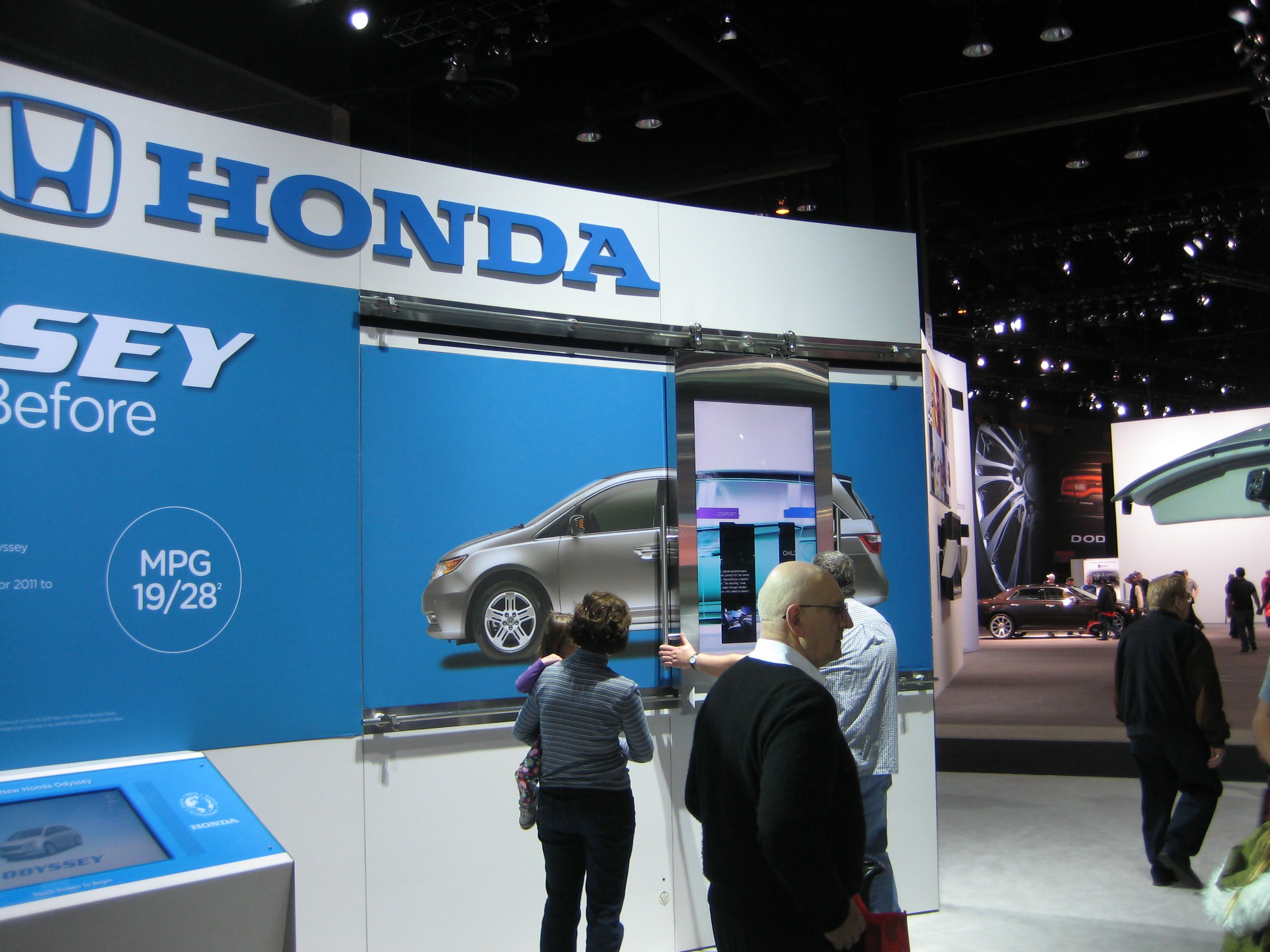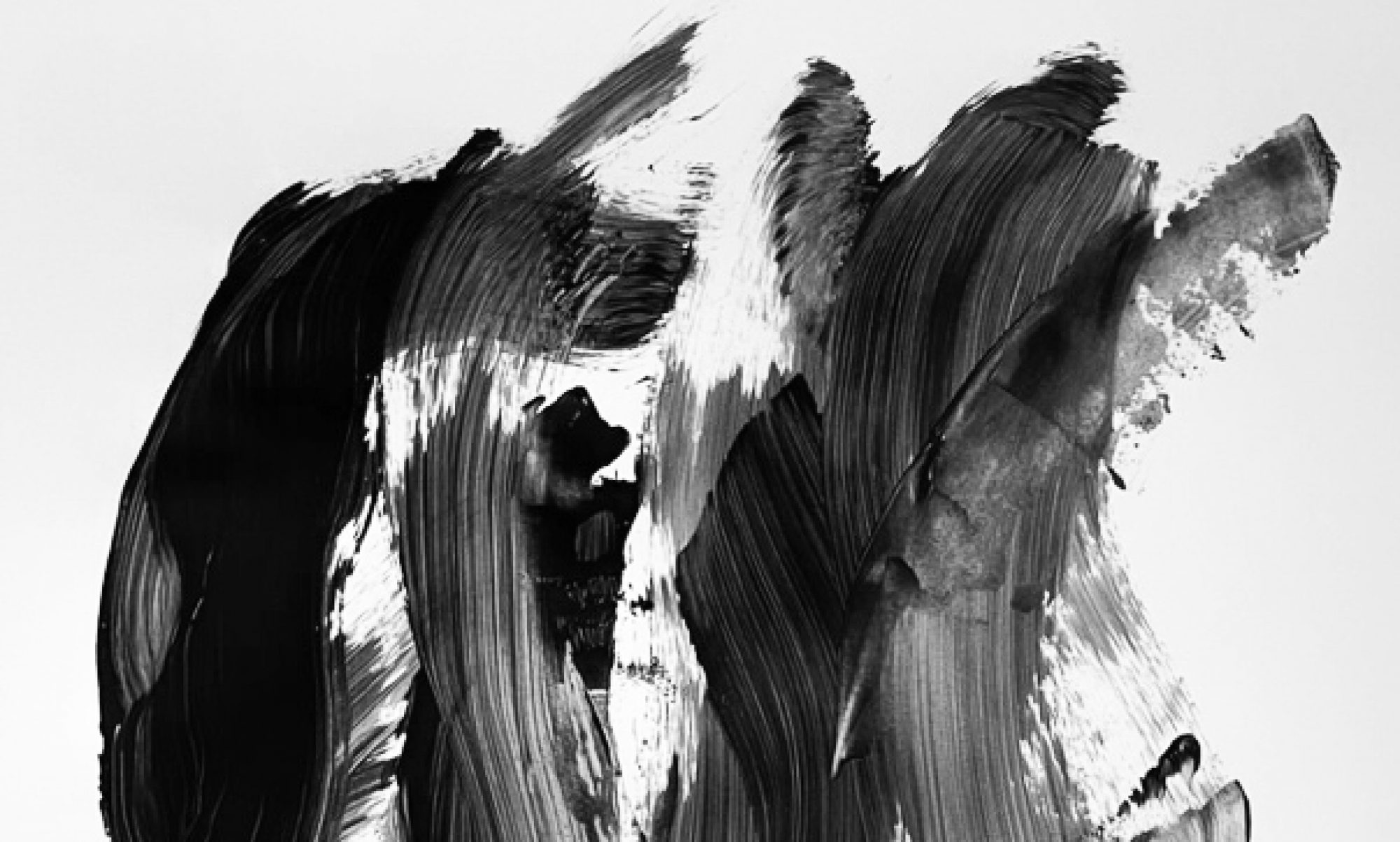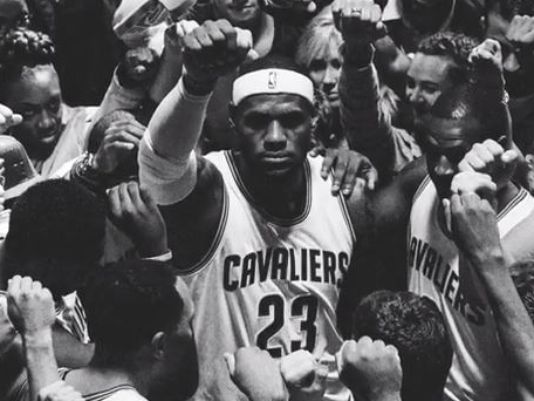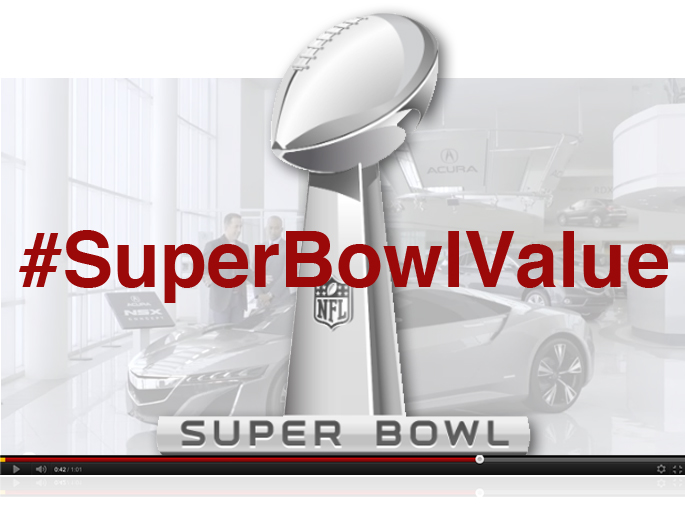Saturday, I had the opportunity to check out the 2011 Chicago Auto Show with my brother Eric. Now, I for one absolutely love auto shows. Perhaps I love them because I grew up liking automobiles, maybe it’s because I’m a guy and guys “like that sort of thing,” or maybe it’s because auto shows are just plain cool. Regardless, auto shows are fun and this year’s show illustrated how integrated our culture is becoming with technology and communications. I noticed two activities the auto manufacturers were investing in, they were social media interaction and interactive, on-site engagement.
Social
Social was a very large component in the majority of the large auto manufacturers’ displays. Here is a rundown of how some the auto companies engaged socially.
• Volkswagon: Upon arrival to the Auto Show, I checked into the Chicago Auto Show via Foursquare. Very soon after, I received a tweet from @VWConnect stating, “Stop by the VW booth to see the all-new Jetta GLI & find out how to get a free T-shirt,” with a TwitPic of a VW GLI. Yes, it was a bot Twitter account, but it served its purpose. I was immediately intrigued by what they had going on and that they were engaging me based upon my location. I headed over to the VW booth to find out more.
I came up to the new model year Passat and noticed it had a CTA image on the vehicle. The image directed me to take a listen to the stereo, tweet about it, and find a Product Specialist. Well, I bypassed those directions and went to the Product Specialist. She was there with T-Shirts in hand, standing right next to the vehicle. She informed me that had I tweeted about the vehicle, she would have taken down some information (for direct mail purposes) and given me a VW t-shirt to take home.
Pros: VW was highly engaged both online and off. The incentive was adequate for the promotional needs. It was a great way of directing online, to a socially engaged, real-life specialist.
Cons: Twitter bots are sometimes overwhelming and people don’t respond to them that well. Taking down my information after I did all those steps for VW, was a big of a large ask.
• Audi: Audi used location based services to generate awareness and engagement. Audi featured a couple of signs that directed the public to check into the Audi booth via both Foursquare and Facebook Places. As far as I could tell, there wasn’t much of an incentive to do so. However, I have to say this: I didn’t check in. So, with that said, who knows what was on the other side of the check-in. Either way, it wasn’t mentioned on the signage what would happen if you did check in.
Pros: Promoting the use of location based services through signage.
Cons: No real or clear incentive to check-in to the services.
• Chrysler: Chrysler had a simple black-and-white flyer they handed out to attendees of the show. One side featured all of their social accounts with a CTA that asked the attendees to become a fan of their pages and upload images, video and editorial from their experience at the show.
The second side was a CTA to engage the brand through text messaging. Text “Chrysler” to a number, explore the booths, answer questions that were texted back, and get a reward at the information desk. The rewards varied from an eco-friendly bag to a 3-for-1 oil change. A good use of texting, however, it seemed to be a bit of an arduous task.
Pros: Using texting instead of social to interact with the attendees was different from most OEMs. The 3-for-1 oil change reward was pretty good.
Cons: Attendees have to pay for the texts. Who knows when else Chrylser will text the attendees. And the photocopied flyers were a very passive approach to social media.
• Chevrolet: Chevrolet had a “bullet-time” photo booth in conjunction with Hot Wheels. Attendees waited in line to get their photo taken in front a Chevy vehicle, were offered a physical copy of the photography, and had the option to post that photo on Facebook or other social media platform.
I didn’t participate in this one; the line was way too long. However, I can only assume Chevy got a great turn out, a lot of social information on attendees, and the offer for participation was pretty innovative. I mean really, where else can you get a photo of yourself in bullet time?
Pros: Innovate and interactive booth with a social component on the backend.
Cons: Very long line to wait.
• AutoTrader: AutoTrader, much like VW, had a Twitter bot engage the attendees after an Auto Show Foursquare check-in. Their tweet read, “Thanks for joining us at the Chicago Auto Show! Fly by AutoTrader.com’s booth with this tweet for a prize” offered a clear call to action with a plus up incentive. If it was anything like the LA Auto Show, you get a picture with someone you’ve never heard of, a pencil and a small carrying case. I admit, I didn’t try this one either; I already have a pencil.
Pros: A quick social response with an incentive back end.
Cons: Again, a Twitter bot engagement tactic. However, with that said, how else would we know to go over to the booth?
Interactive
The second major piece of the Chicago Auto Show were interactive displays. The auto manufacturers really stepped up their game this year. Let me quickly go through some of the more memorable displays.
Overall: QR Codes were in heavy use with every sort of CTA ranging from vehicle information, to connecting on Facebook, to engaging dealerships. It seems as though QR codes are becoming more prevalent in the industry and used more by the public.

Honda: Honda had an “X-Ray” like display. Basically, there was an image on a wall of a Honda minivan. There was a screen on rails affixed above the image. The attendee would move the screen back and forth over the image to give a detailed, x-ray like, look at the vehicle. The display didn’t work all that well, but the public didn’t seem to mind as they enjoyed just playing around with it.

Fiat: Fiat used an X-Box Kinect interface. An attendee would stand behind the kiosk, waive their hands and interact with a large television screen filled with images and information. The attendee would select one of the images, an informative piece, or video would display and the attendee selected another one. This display had a very high level of interaction and a clear description on how to use it. However, the screen was pretty distant and made it difficult to read the information.

Scion: Scion used 3D video to engage the attendees. The Product Specialists gave out the glasses and all you had to do, as an attendee, was sit down and watch a 3D Scion movie. It was pretty simple, however, offered little interaction.

Chevrolet Volt: The booth for the Volt alone, was larger than some of the other auto manufacturer’s booths overall. The Volt offered a serene test track that allowed the attendees to ride in the car through a beautifully landscaped roadway. Once you walk up to the track, you are inundated with the smell of fresh plants, trees and grass. The attendee didn’t get to drive the Volt around the track, which was about the size of a large go-kart track, they were chauffeured. The line to get in the Volt wrapped around the track. It was a site to see and a calming booth to visit with all the foliage.

Toyota: Toyota’s Prius display was pretty large, bright, and spoke to the “Prius Goes Plural” campaign. At the base of the booth, was a station to charge your mobile phone. Toyota offered, from what it seemed, every type of mobile phone chargers. I think Toyota understood perfectly what type of world we live in right now. Also, when the attendee charged their phones, a Product Specialist would sit with them to chat. I’m not one to be suckered into this sort of conversation, but when you need your phone charged, you will do just about anything.
So, that was just a part of my experience at the auto show. I truly do enjoy auto shows; the designs of the cars, the booth displays, and the unique approaches auto manufacturers use to get our attention. However, one major downside to the show was the shear amount of people in attendance. I think the flow of the show needs to be reevaluated from a perspective of the volume of people. That was just about the only downside, and looking at it from a marketing perspective, it’s certainly an upside.
Shout Out: Thank you Lindsay for the tickets!













